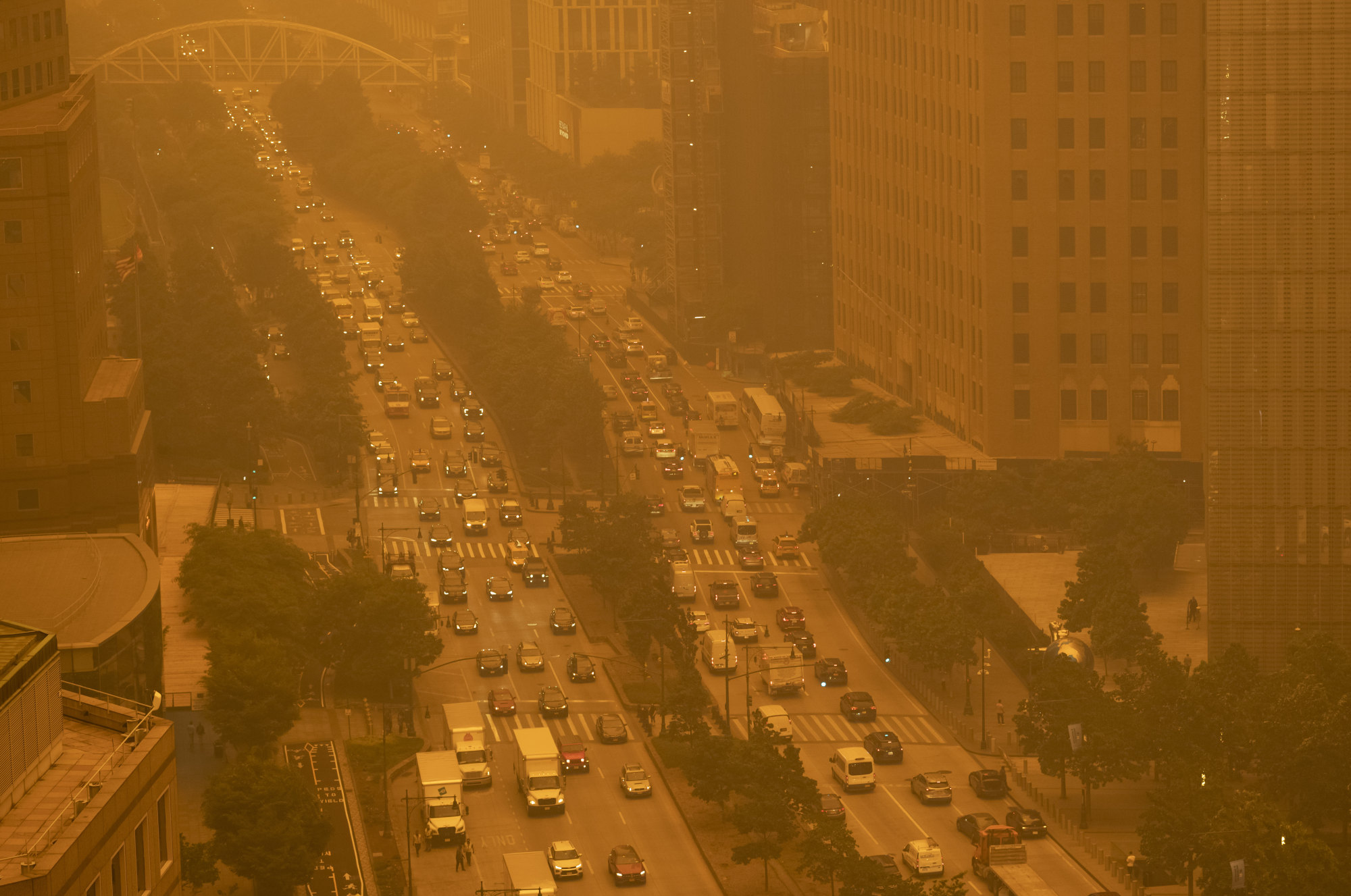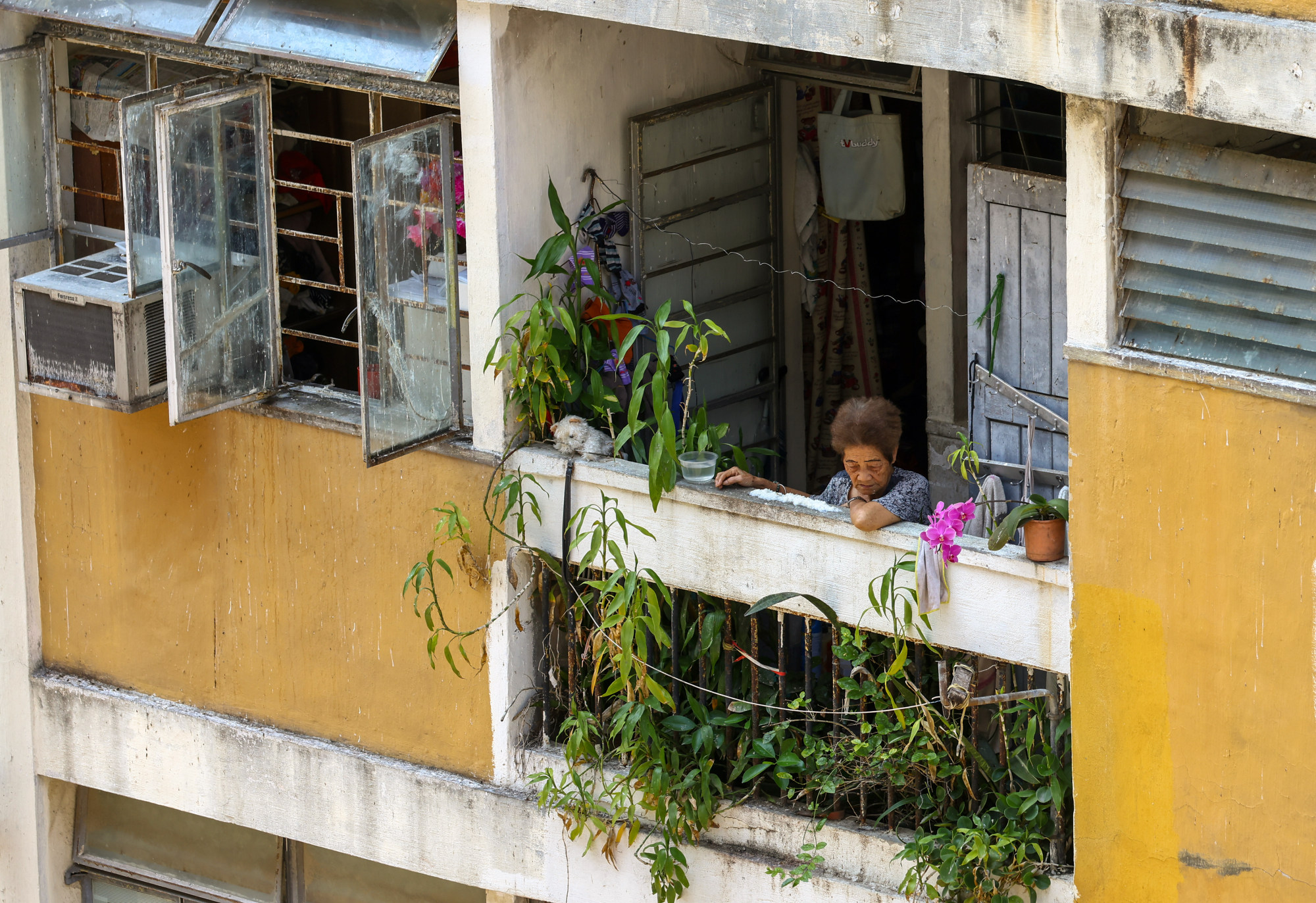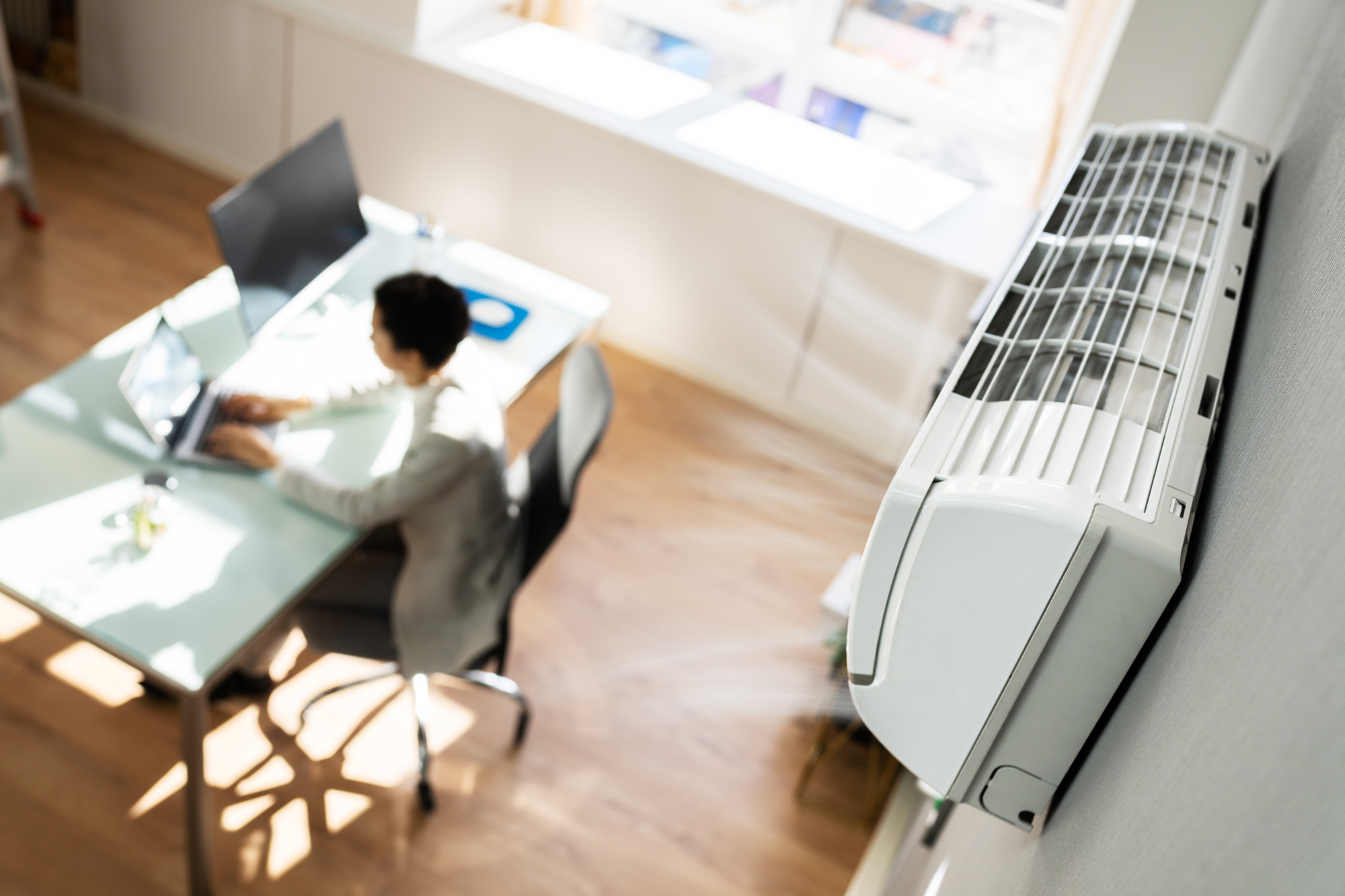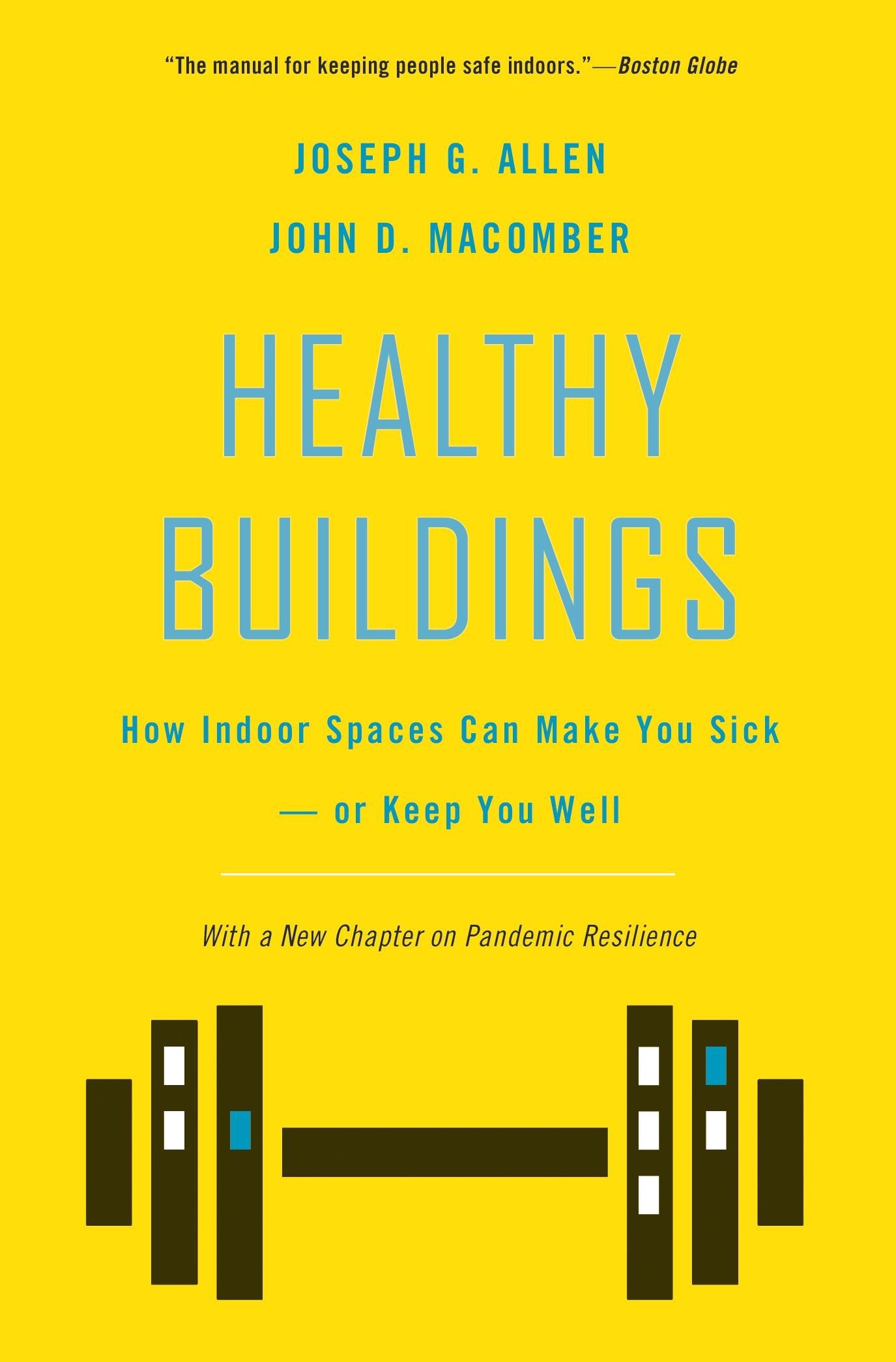
Explainer | Why indoor air quality is as important as outdoor air quality: buildings trap pollution inside, and we spend more time indoors than out
- Indoor air quality is often worse than that outside, as buildings trap airborne fine particles that seep inside and contaminants produced indoors can’t escape
- In addition, viruses like Covid-19 spread in ‘rebreathed’ air. Improving ventilation and filtration in a building helps clear indoor air, Harvard professors say
But according to Harvard University professors Joseph Allen and John Macomber, co-authors of Healthy Buildings: How Indoor Spaces Can Make You Sick – or Keep You Well, we are often looking at the wrong set of figures.
Those readings concern outdoor air quality, whereas most of us spend about 90 per cent of our lives inside, they note.
Indoor air quality is different to outdoor air quality, and is often worse due to a build-up of the contaminants which become trapped inside our buildings, they say.

Outdoor pollutants like PM 2.5, tiny particles that can penetrate the lungs and cause cardiovascular events, can easily spread into an office or a flat through windows, crevices and poorly maintained ventilation equipment. Indeed, most of our exposure to outdoor pollution actually takes place inside.
Indoor sources also add to air pollution in our homes, especially in sealed modern buildings which do not allow the free flow of air from the outside.
Asia has world’s worst air quality. Australia, New Zealand some of best: study
Volatile organic compounds – VOCs – emit toxic gases, and can be present in household substances like soap, deodorants and furniture coverings. Sprays used to cover up unpleasant smells in rooms tend to be packed with VOCs.
With all this going on inside our homes, it’s odd that we choose to focus on what’s outside our windows.
“For all the time spent inside, we tend to focus much more on outdoor than indoor air quality,” Allen writes.
“Check any newspaper or news site on any given day and you are likely to see a story about hazards of outdoor pollution. But how often do you see a story about building health?”

Allen and Macomber’s research aims to change that, noting that the effects of indoor pollution – and practical ways to mitigate the problems – have been known for many years, but no one has been listening.
Knowledge of how Covid-19 spread has changed all that, they say.
Although institutions such as the US Centres for Disease Control and Prevention (CDC) and the World Health Organization initially dismissed expert claims that the coronavirus was spread by small aerosol droplets in infected people’s breath rather than larger droplets emitted by coughing, science finally won out.
Today, it is accepted that the virus hitches a ride on an aerosol emitted from the lungs of a contaminated person and can easily spread around a building on air currents.

The virus can travel far when attached to its host. A 5-micron particle can travel around 30 metres (100ft) and stay in the air for 30 minutes. A smaller particle can stay airborne for hours.
That knowledge has brought the health of buildings, especially their ventilation and air filtration, to the fore. Controls in buildings are our main defence against the spread of airborne infections like Covid-19, experts say.
The problem of a virus spread inside – Covid-19 is usually spread inside, not outside – arises from the way we breathe.
“We are constantly breathing each other’s air,” Allen said at a Global Wellness Summit presentation. “We can look at the carbon monoxide (CO) in a room and estimate how much of the air we are breathing just came out of the lungs of [other] people in the room.”
“That’s called the ‘rebreathe factor’. Aerosols accumulate in an under-ventilated room. Five per cent of the air that you breathe just came out of the lungs of people in the same room as you,” Allen says.

“Normally that’s not so bad. But put someone infectious inside the room, and it becomes a problem,” he says.
So how can we stop breathing other people’s air? Fortunately, there is a practical solution for buildings, which was tested at the height of the pandemic.
It rests on two simple factors: ventilation (getting fresh air into the room) and filtration (removing infected particles from the air in the room).
“We dilute particles by ventilation, and we clean them out of the air by filtration,” Allen says.

Most modern buildings have some ventilation systems, but they are rarely working as hard as they need to be. Minimum standards set around the globe for effective ventilation are much too low, note Allen and Macomber. Inadequate ventilation is at the root of most disease spread in buildings, they say.
Buildings need increased ventilation to move the air around enough to effectively dilute the particles. Technically speaking, Allen says that ventilation needs to be increased to 30 cubic feet per minute (cfm) per person, which is around 10cfm more than the standards set by most authorities around the world.
Chinese scientists find pollutants can act as ‘Trojan horse’ for viruses
Standard filters (called MERV 8 filters) will trap particles as small as 3 microns, but PM 2.5 and other particles can pass through. Upgrading to finer filters (MERV 13) should trap these particles.
Allen says that the third line of defence is to run a portable air cleaner fitted with a Hepa (high efficiency particulate air) filter. These filters trap nearly all airborne particles, and can recycle the air in a room around three to five times an hour when used correctly.
A Hepa filter will remove respiratory particles generated by humans, as well as take care of any other stray particles.

“In the fight against infectious disease, you can think of ventilation and filtration as two risk-reduction strategies that work in tandem,” write Allen and Macomber.
“When outdoor pollution levels are low, keep bringing in as much outdoor air as possible. We know that transmission outdoors is rare, so the goal is to make stale indoor air a bit more like the breezy outdoors.”
“But if particulate levels are high outside, it’s time to revisit your strategy and tip the balance towards filtration.”
Air quality does not only pertain to disease transmission, it also affects cognitive performance. Productivity in the workplace and student performance are negatively affected by low-quality air, and improved by high-quality air, according to research by Macomber.

Macomber ran a study which monitored volunteers in their normal work environment. Unbeknown to the participants, Macomber’s team altered the air quality while the workers carried out daily tasks.
“People performed better cognitively when we improved the air quality in subtle ways,” Macomber said in a Global Health Summit presentation. “It affected how people seek out and utilise information, how strategically you use that information, how well you perform in a crisis and how you recover after a crisis,” he said.
In a later global study, the team found no threshold for these improvements – the better the air quality, the better the cognitive performance of the participants.
Allen says that research into healthy buildings began in the 1960s and ’70s, before buildings started to become sealed off in the ’80s to save energy, and the pandemic spurred a resurgence of that research.
“There is now a convergence of green buildings, smart buildings and healthy buildings,” Macomber says. “All of us [in these fields] are connected, because we all care about health.”
